Cosmosapiens:
Imagining Trans-Digital
Pandrogenous Futures
Updated: 10 . 11 . 2020

Cosmosapiens began in the spring of 2019, as an extension of my original Pandrogeny series from 2014. Pandrogeny, a term coined by the late Genesis P-Orridge, proposed this philosophy and practice as a fully integrated approach to recognize one’s own identity through art & expression in a way that expands beyond the omnipresent violence of conventional social norms and, to extend the possibilites of what we term “the body”.
One definition of pandrogeny as framed by Genesis P-Orridge:
“Pandrogyny is the conscious embracing of gender roles, sexual orientations, or cultural traditions so as to render the person’s original identity completely indecipherable. It is the ‘third gender’…a type of gender-neutral living being more akin to the OTHER…a pandrogyne is about making one’s life (a brief existence) into an art form. Is pandrogyny transvestism, transgendered behavior, or transsexuality? None of the above, as it turns out.”
For me, this definitition, and Genesis’ work more broadly, resonated very deeply. Identity has always been of particular fascination to me, beginning at a very young age. With time this fascination grew into interrogation, then concern, as I began to confront the reality of what identity, or lack thereof, truly meant. The fact that individual self-construction was inextricably tied to the construction of community, statehood, nationhood. That the notion of the self was intimately intertwined with how we understand our full reality. What did it mean then, for me, as a descendent of African slaves in America, whose identities have been irreversably destroyed, to investigate identity? Without any connection to my own language, my own culture, customs, food, religious practices, what would be my frame of reference? The existential anxiety of this question looms even today. I posit that this is existiential angst, this void, sits in the center of every Black American, every person who manages to survive with such a deep erasure. I wanted to look inside this anxiety, beneath it, beyond it, to search for an opportunity. I found that opportunity in Pandrogeny.
Pandrogeny (2014), my first major exhibition in Atlanta, sought to deconstruct and, ultimately dissolve, identity through a series of portraits in film, photography, performances and objects. The portraits were the result of a synthesis of masking traditions, customs and rituals of various cultures through history. These constructed identities, then became vessels for reflection on the meaning of self in the context of “mind”. Through the research and ultimatley the expression of these forms, I was able to craft new bonds within and beyond myself as an individual.
“Pandrogeny is about neutralising gender in order to REPRESENT a future possibility for thee species” - Genisis P-Orridge
Through these ancient technologies, cultures were able to transcend not only identity, but space and time by experimenting with the body and speculating in real time about what a human could be. These ancient masking and ritual practices were often used as methods for transcending the body to connect with nature, ancestors, past and future.
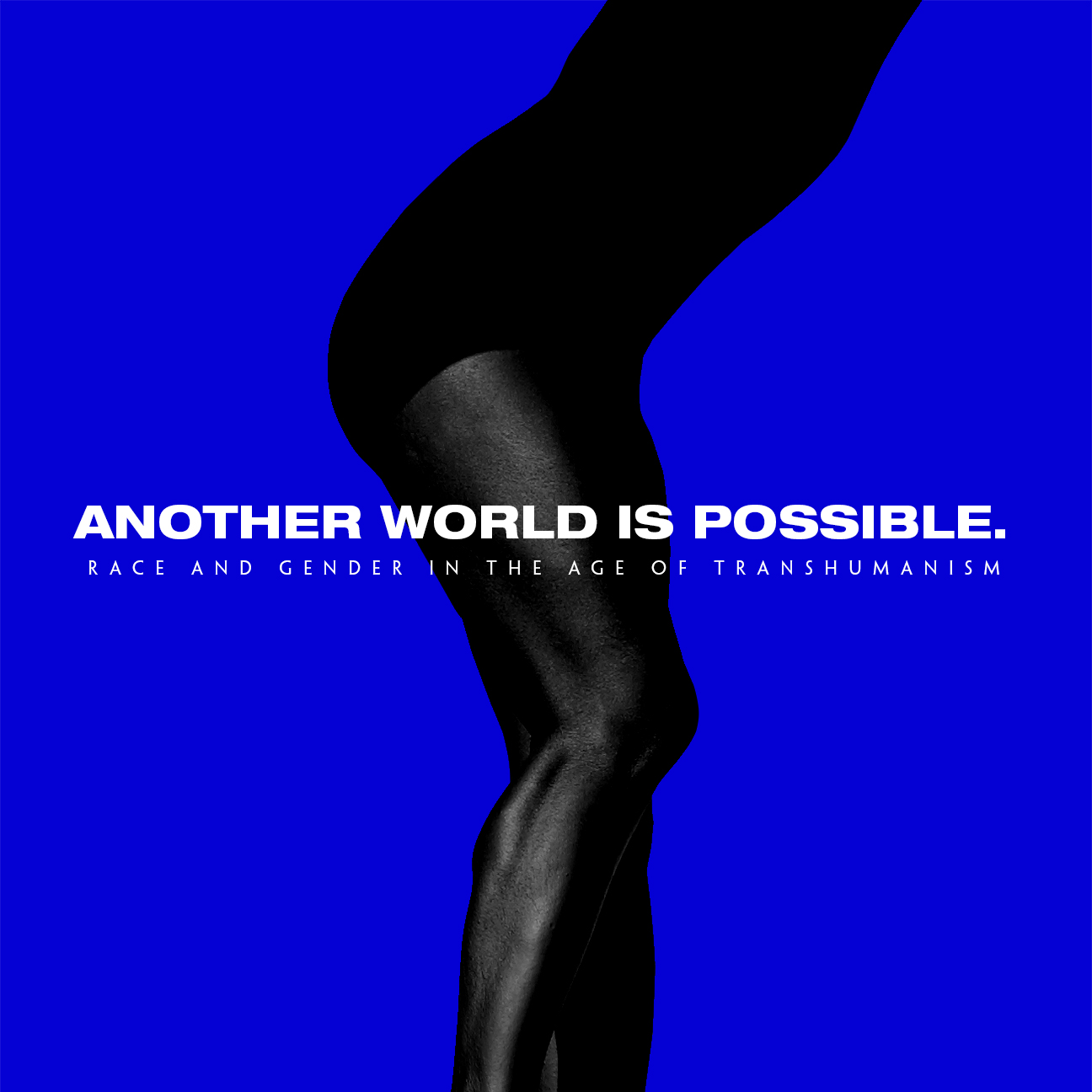









In 2015, after several months of heavy research into contemporary robotics, computing, and prosthetics, I began to shape a new concept that would continue this conversation. It was clear to me that technology was evolving in a way that could realize, very practically, the imaginings that many of these cultures were envisioning. Where contemporary and ancient technologies meet, I found opportunities to continue this long traditon of transhumanism.
Another World Is Possible (2015) was the first attempt at questioning what the true influence and convergence of these two speculative practices would be in the present and future. Another World Is Possible was presented primarliy as a question: “If we recognize that there are nearly infinite parallel, yet distinctly different shared histories, what kinds of futures could we then imagine?” In essence, if we truly examine history, specifically how history has been constructed for us, we then understand that the present is also constructed. We can then use that understanding to begin to reconstruct new histories in an effort to recontextualize the present and construct new visions of the future that are equitable and in service to those who have traditionally been excluded from this practice. The original question ultimately led to another, just as essential provocation: “Who is allowed to speculate?” Simply put, speculation as a practice is a priviledge belonging to those with the opportunity, knowledge, and freedom to do so. Construction of the future begins with imagination in the present, and by suppressing the ability of some to speculate about the future, we do a grave disservice to humanity and end up with some very limited outlooks.
Cosmosapiens: Imagining Trans-digital Pandrogenous Futures, is a continuation of this same speculative practice. With this new chapter, I explore the possibilities for transformation and connectedness afforded to us by digital technologies, which are in many ways more accessible and offer the potential to reconnect with the collective wisdom in ancient practice, communal ritual and oral tradition. Through the use of contemporary technologies, we are able to expand the ancient practice of human transformation in the service of speculation and, ultimately, survival.
“One of the great things about human beings is that they impulsively and intuitively express what is inevitably next in the evolution of culture and our species. It is the ‘Other’ that we are destined to become.” - Genesis P-O
Sources:
Genesis P-Orridge
Cosmosapiens: Human Evolution from the Origin of the Universe
Technology in deep time: How it evolves alongside us.
Yes, Social Media Is Terrible -
Unless You’re Young and Queer
Retrocausality
Computational Theory of Mind
Evolution in Four Dimensions
Genetic, Epigenetic, Behavioral, and Symbolic Variation in the History of Life

Cosmosapiens Digital Avatar Concept (2019),
made in collaboration with Rita Louro.

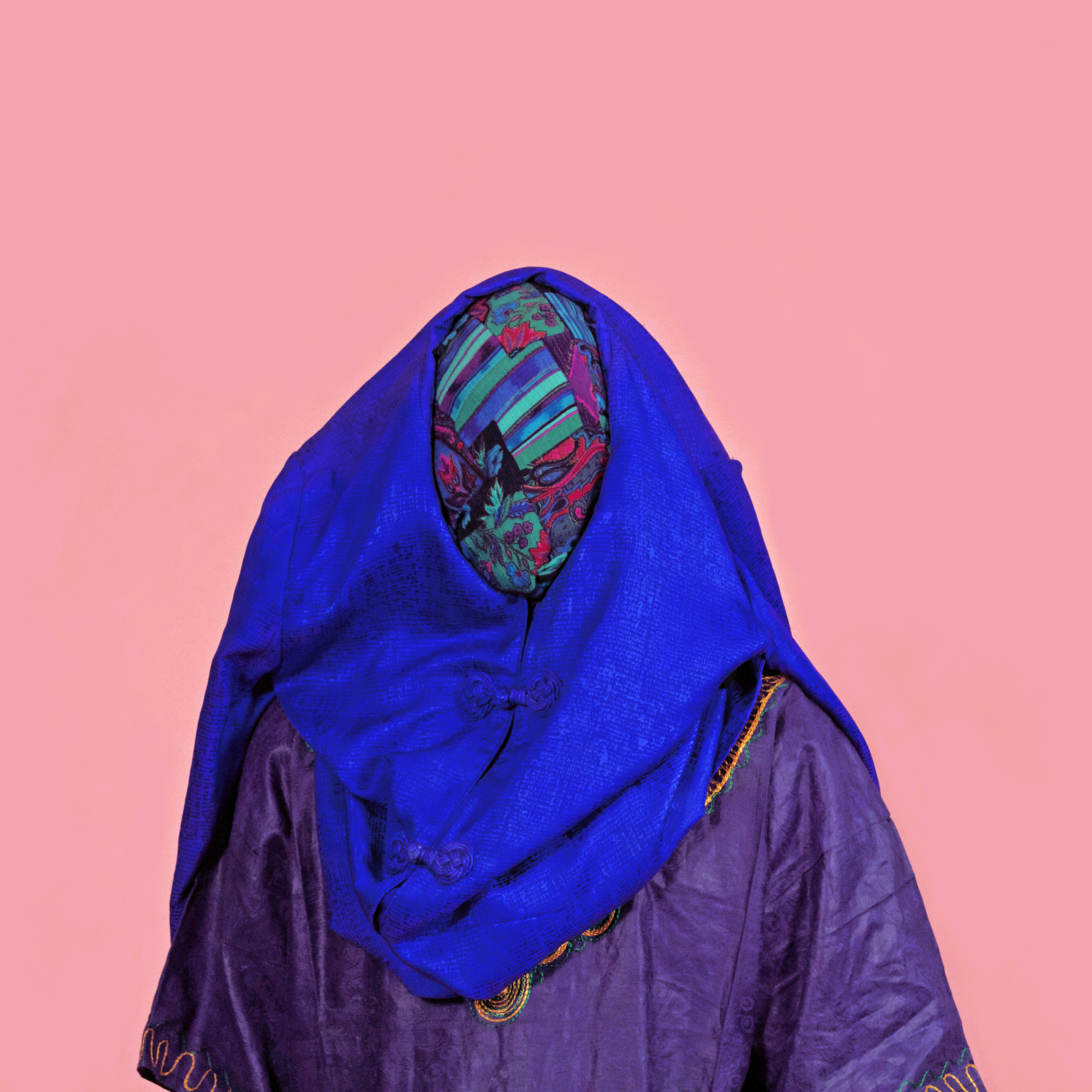


























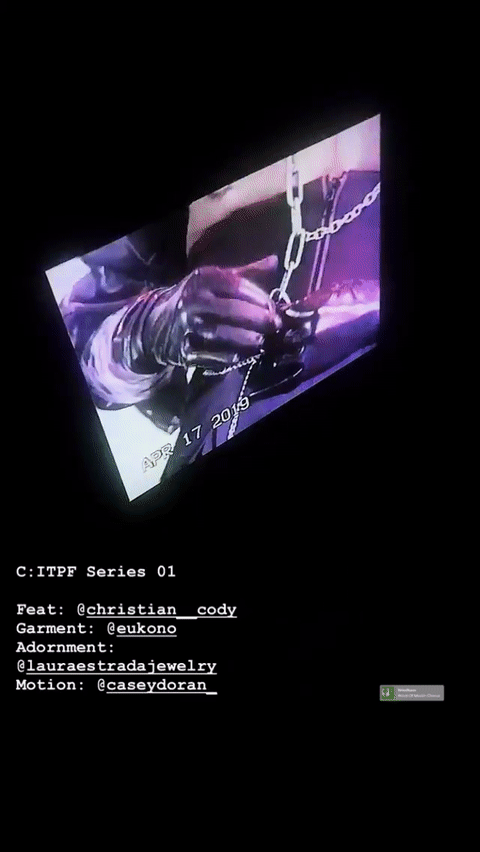
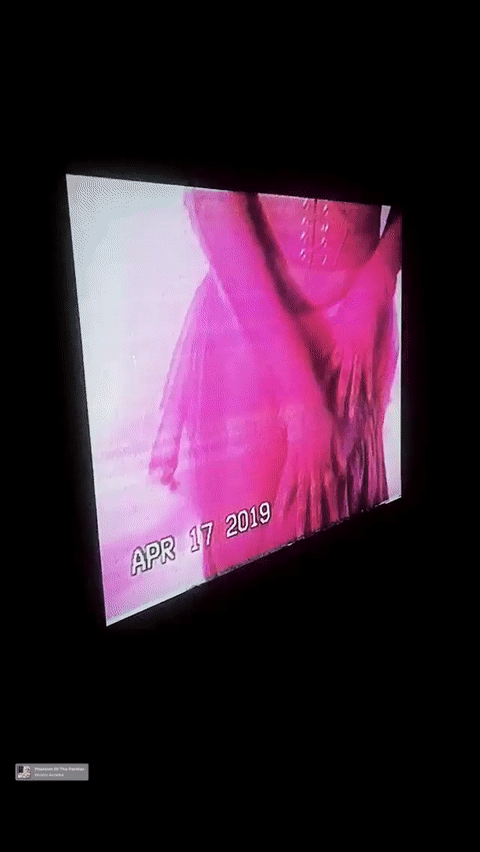













































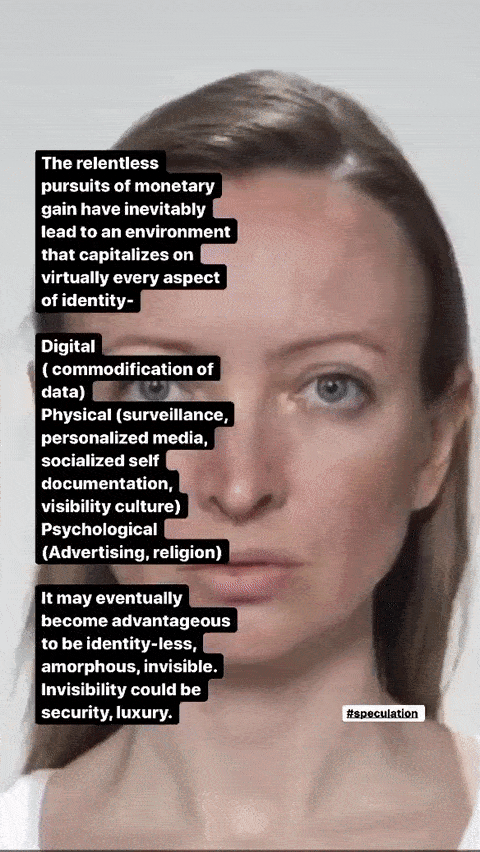







Cosmosapiens (2019)
DP: Babacar Ndiaye, Foster Addington Editor: Carlina Muglia Garments by Eukono










With this notion in mind, I began transmitting these images to the cosmos via Space Speak.

Note the illustration of the electromagnetic spectrum above. Much of it is absorbed or filtered out by the Earth's atmosphere. However, the lower end of the radio wave spectrum (5 cm to about 10 m) has a clear shot to space from Earth. Signals generated at those frequencies make it out into space with relatively little degredation. This is the sweet spot chosen by SpaceSpeak to beam messages into the cosmos.
SpaceSpeak uses a powerful WiFi transmitter attached to a parabolic dish. The frequency is 2.5-5 Ghz which puts it well into the zone that can escape our atmosphere. The power of this transmission although strong by WiFi standards pales before the enormous distances this signal must travel. We use a parabolic dish to focus the signal into a tighter beam. This focusing causes the signal strength to drop off much more slowly than would normally be the case. In point of fact, focusing the the beam is much more important than the raw power of the transmission.
Though a radio signal decreases in intensity as it spreads outward with time, there is practically no theoretical limit to how far a radio signal can travel. Your messages will continue to fly through space long after Earth is consumed by her aging Sun, five billion of years from now.
- Space Speak


You can keep track of the
transmissions by visiting this link.
transmissions by visiting this link.